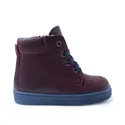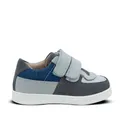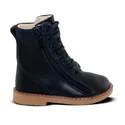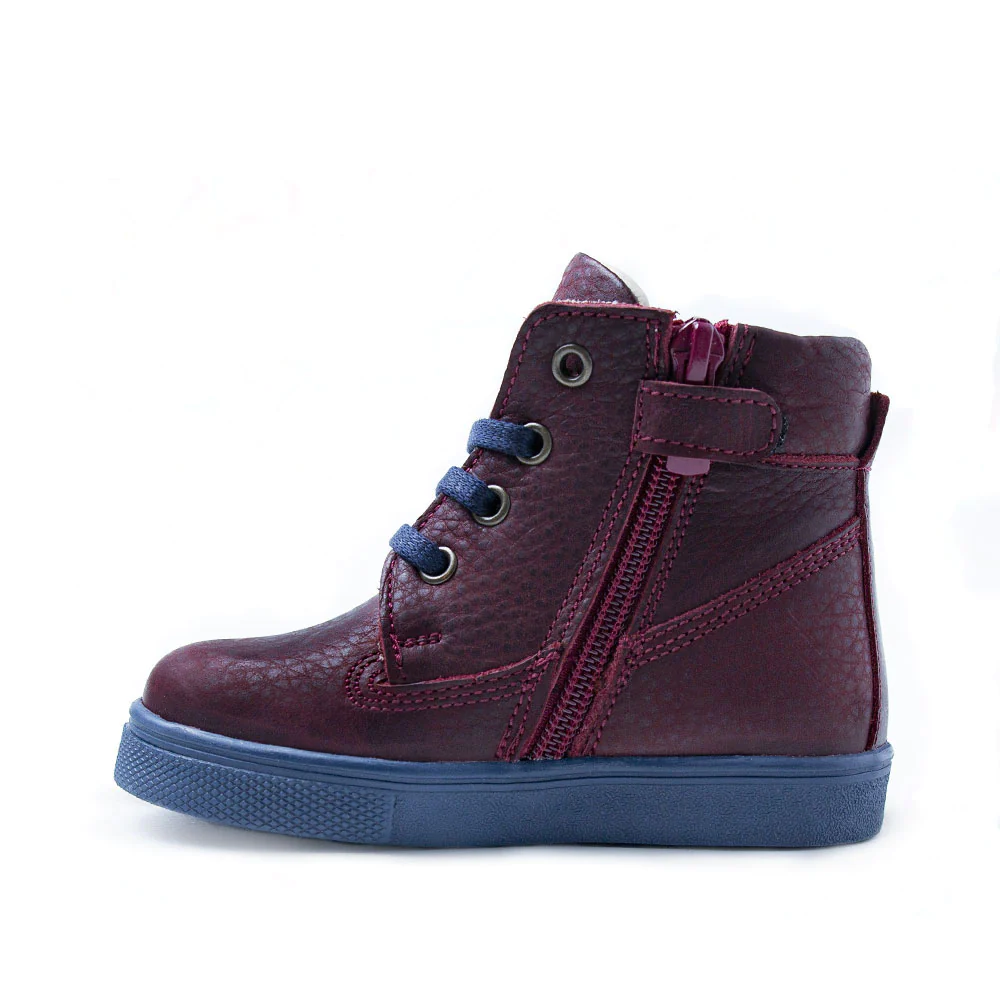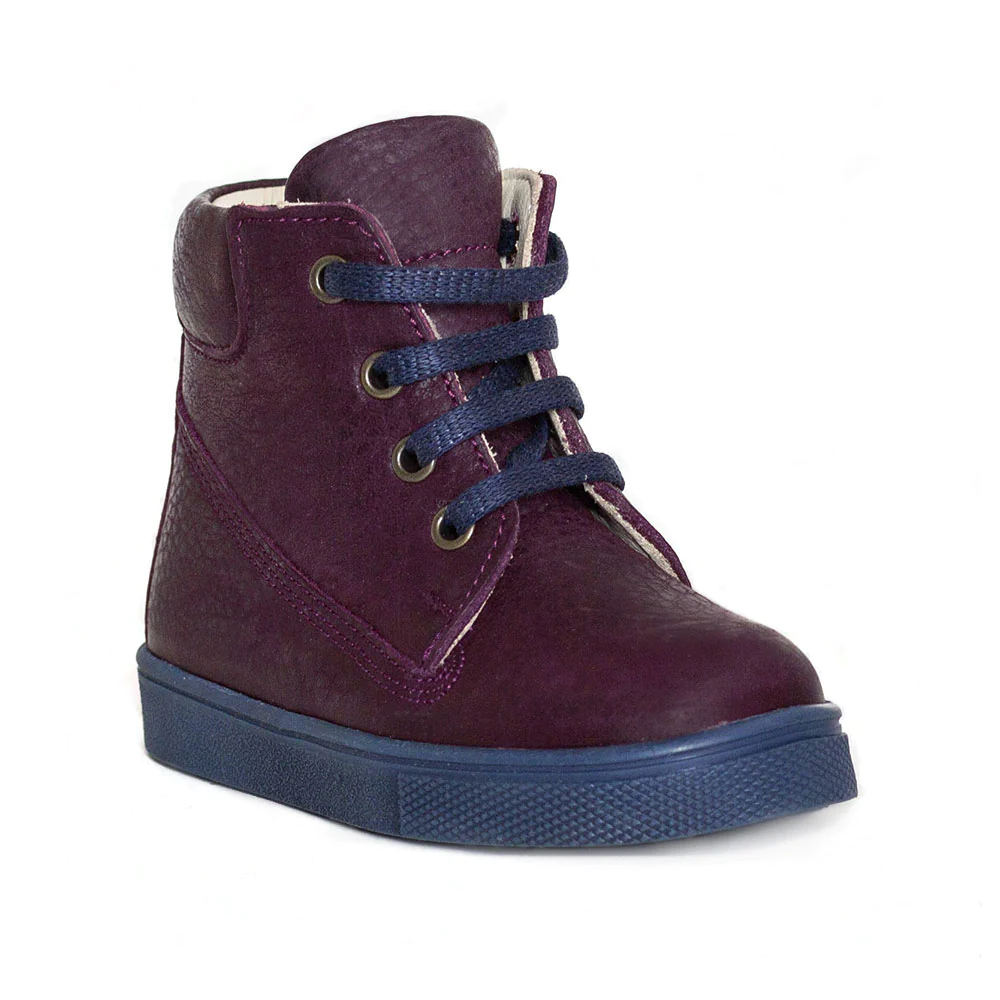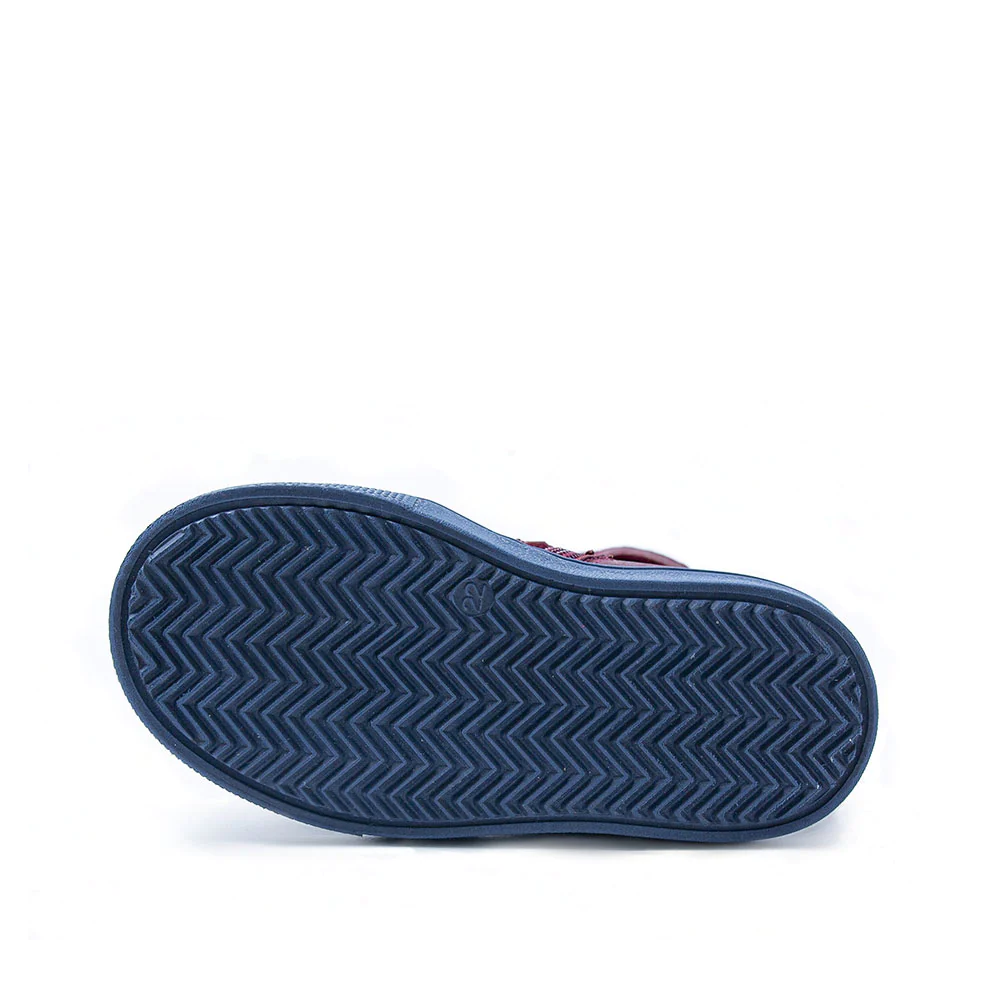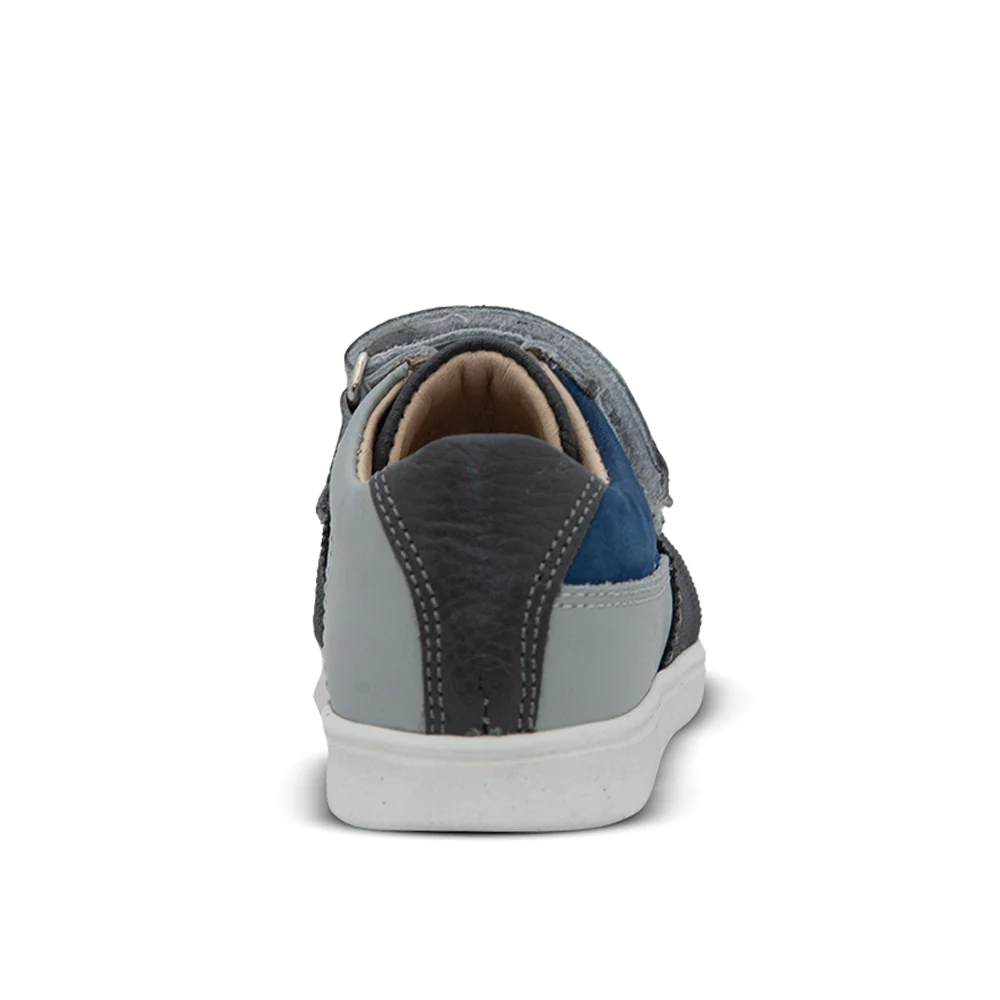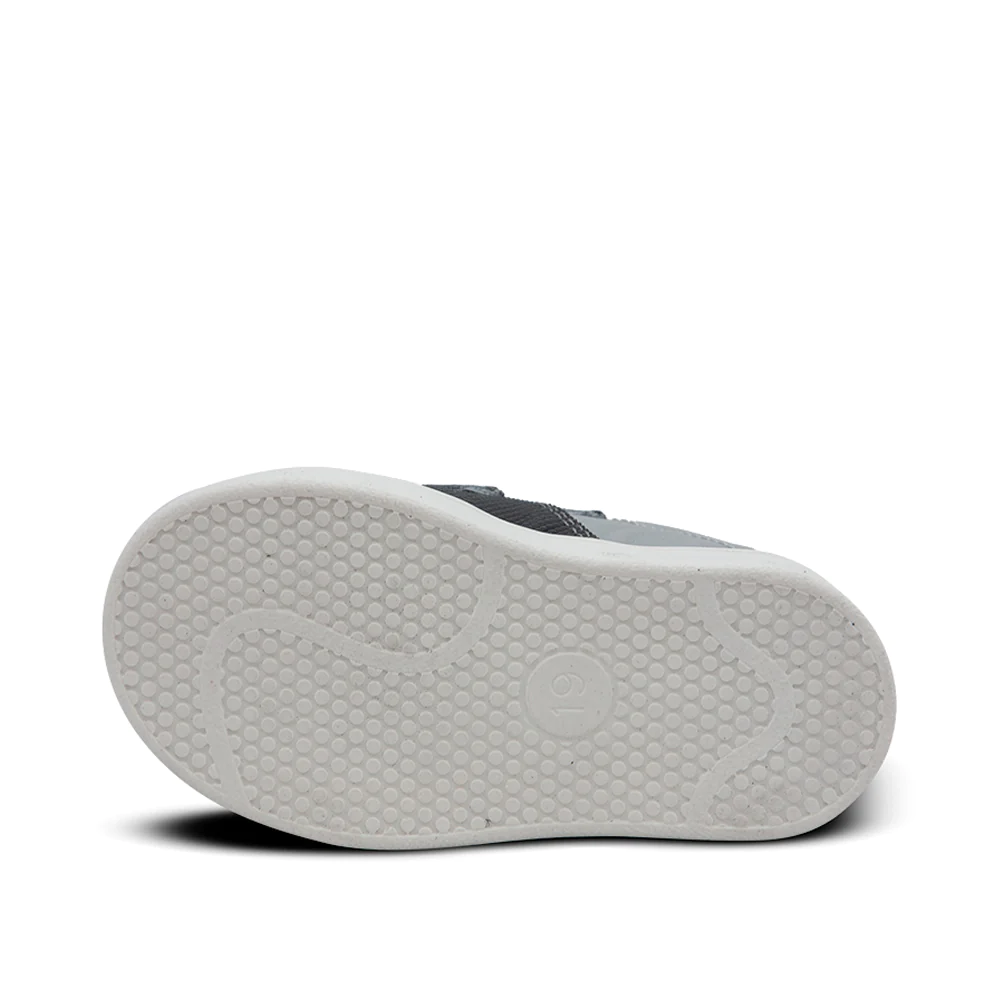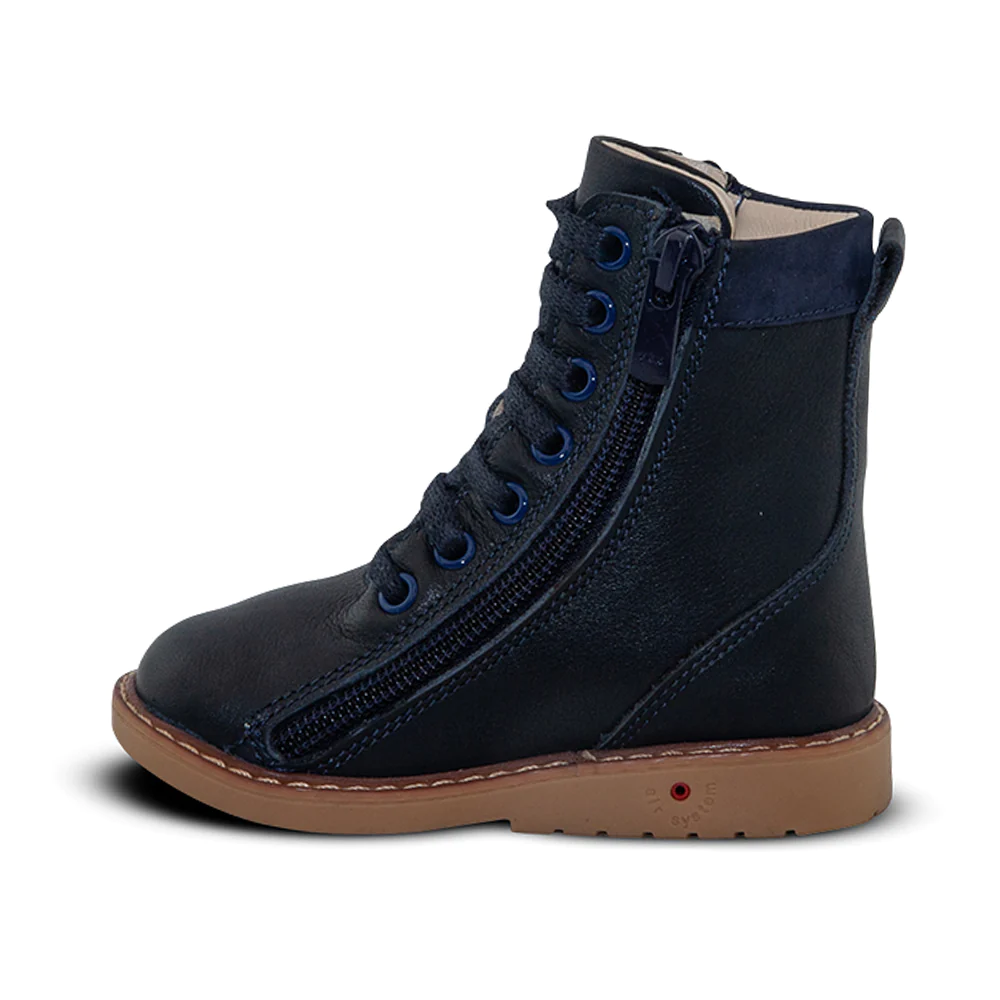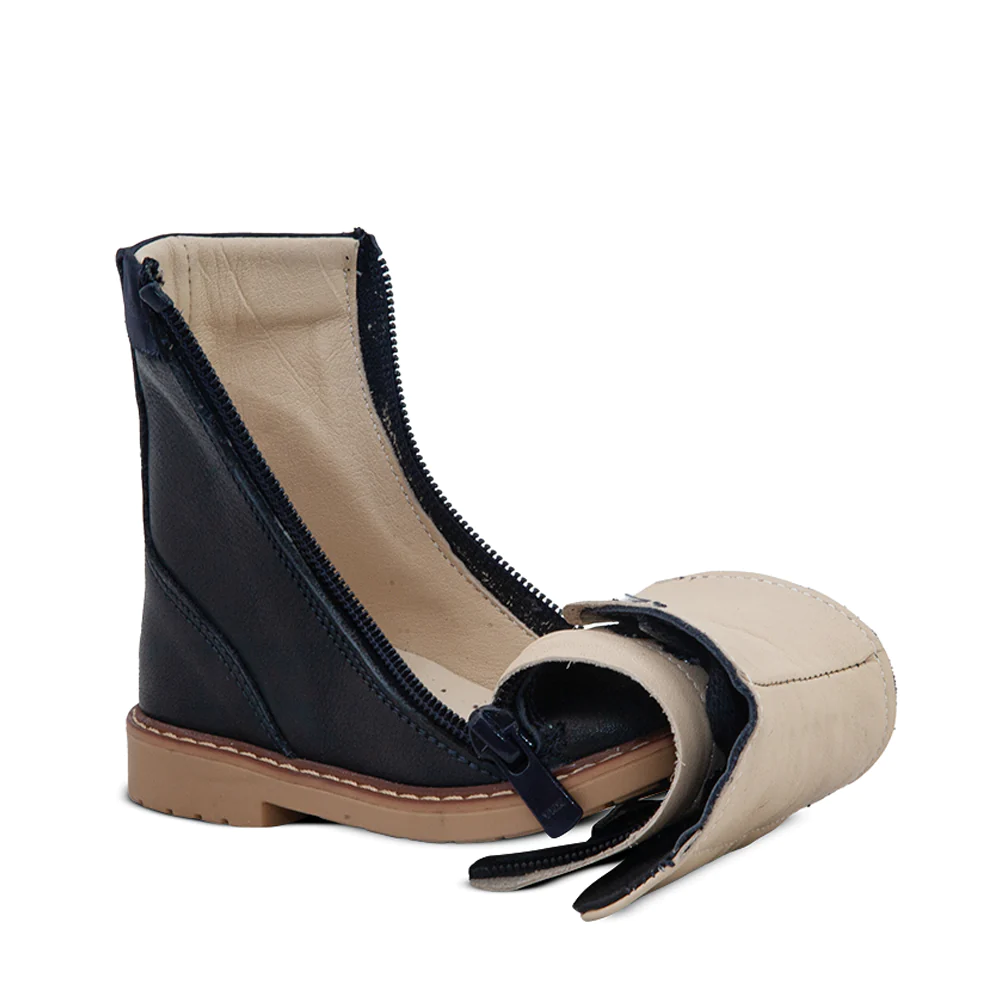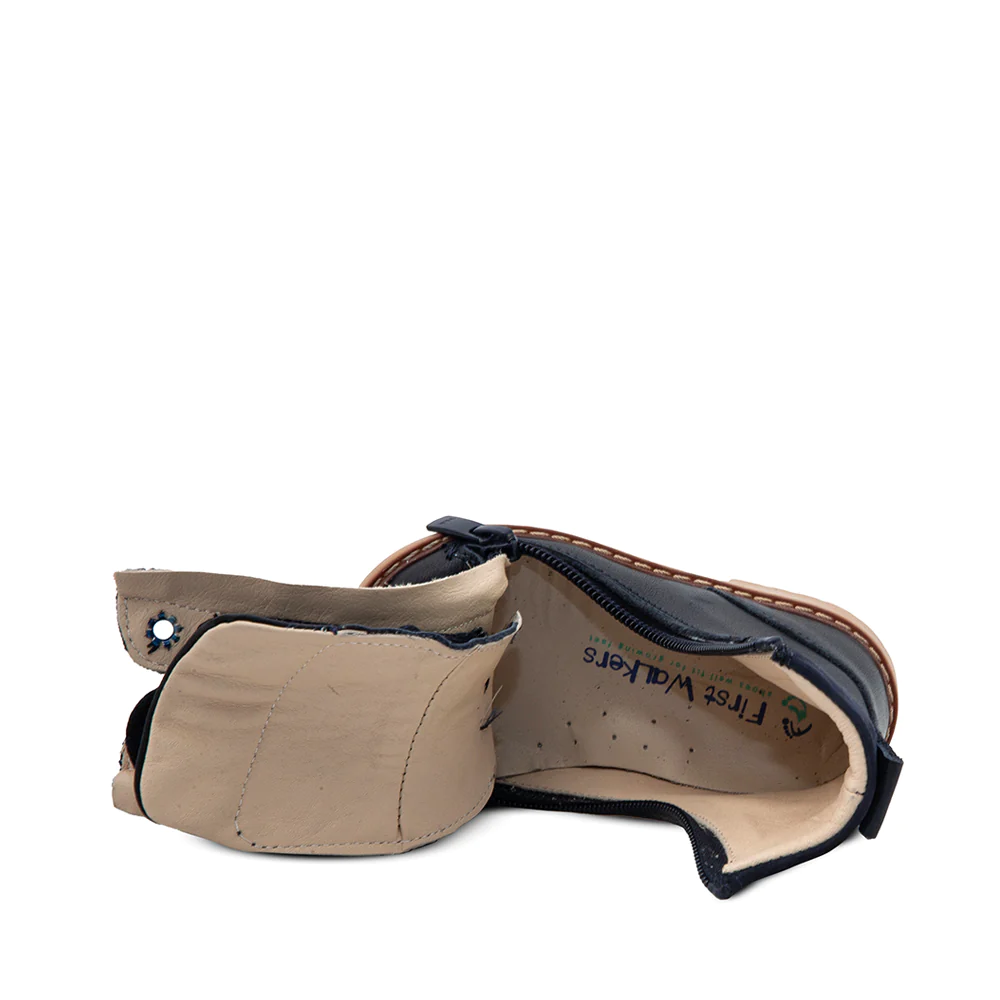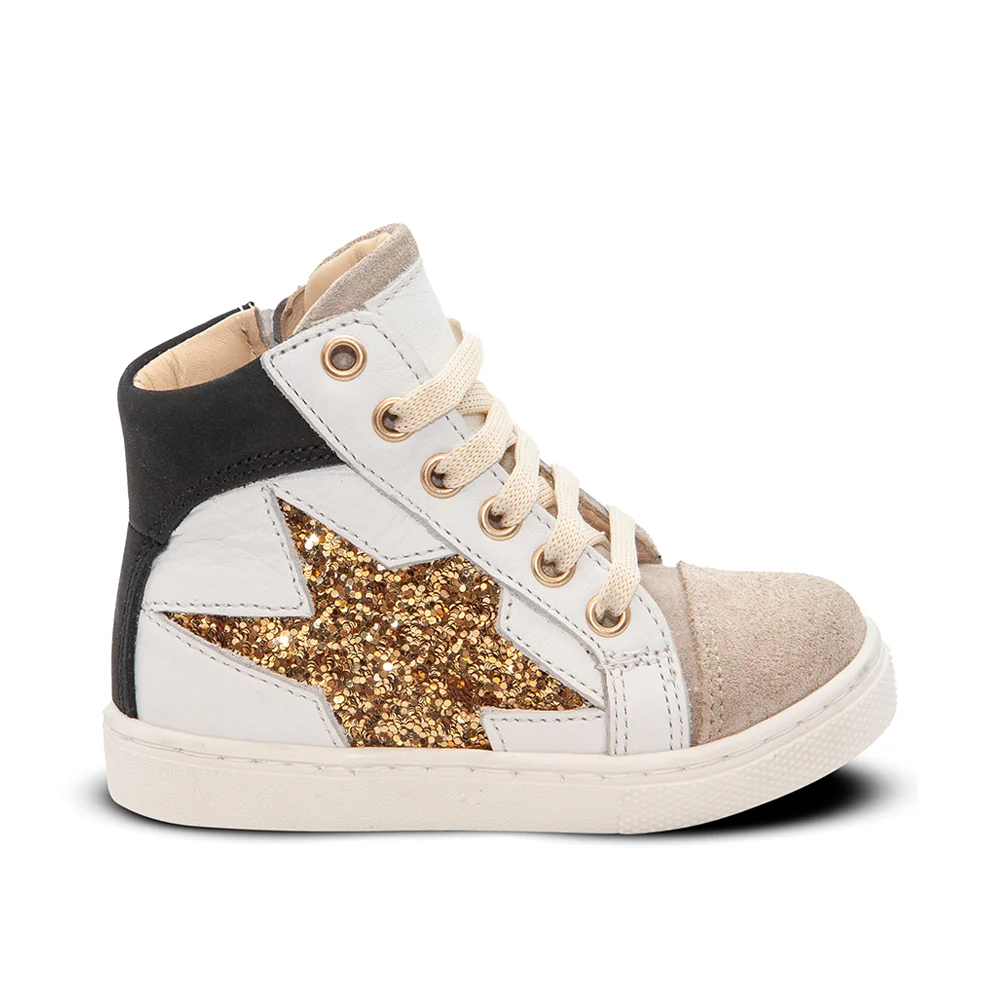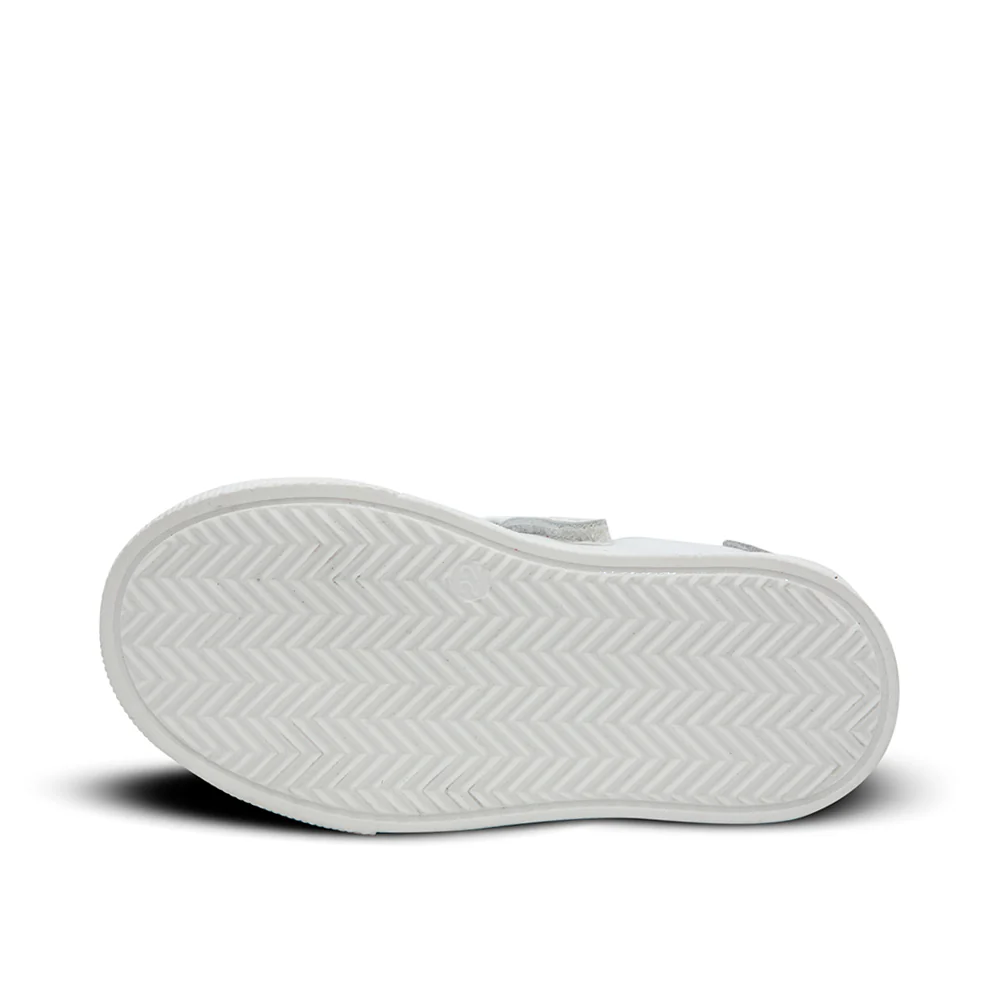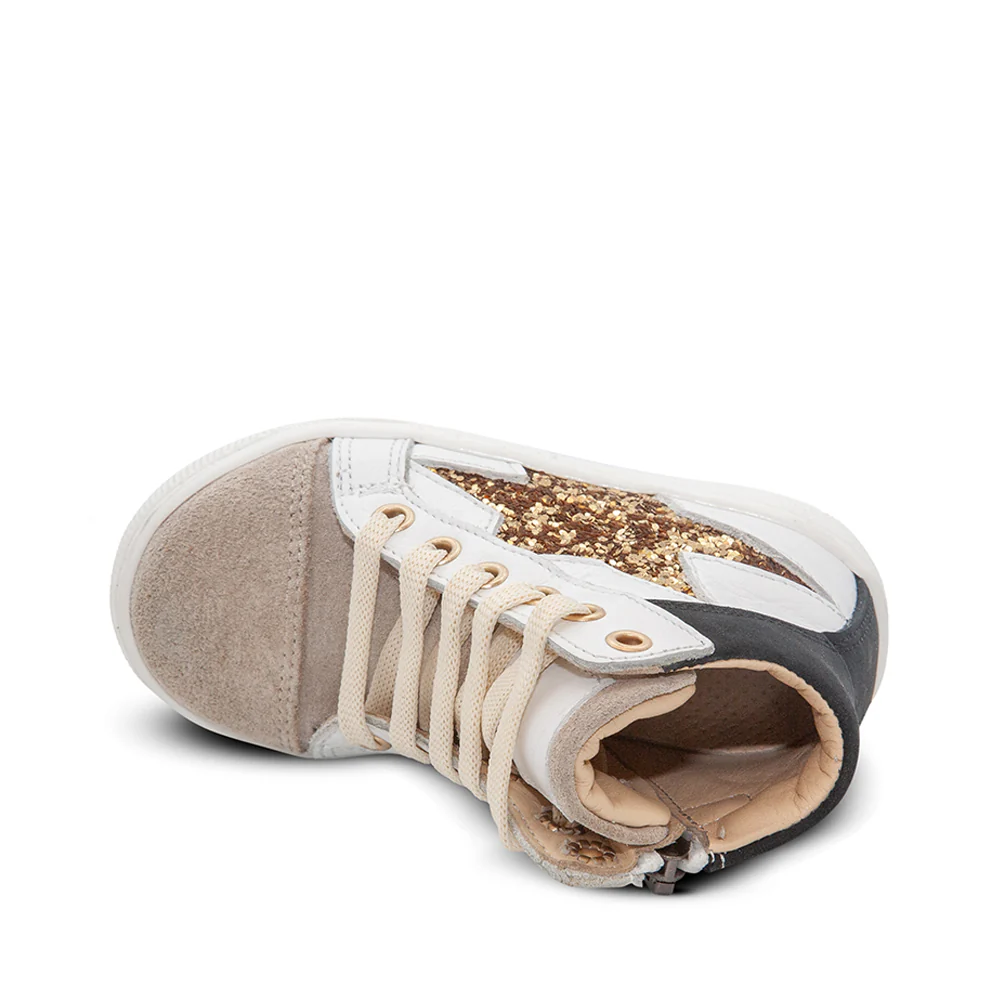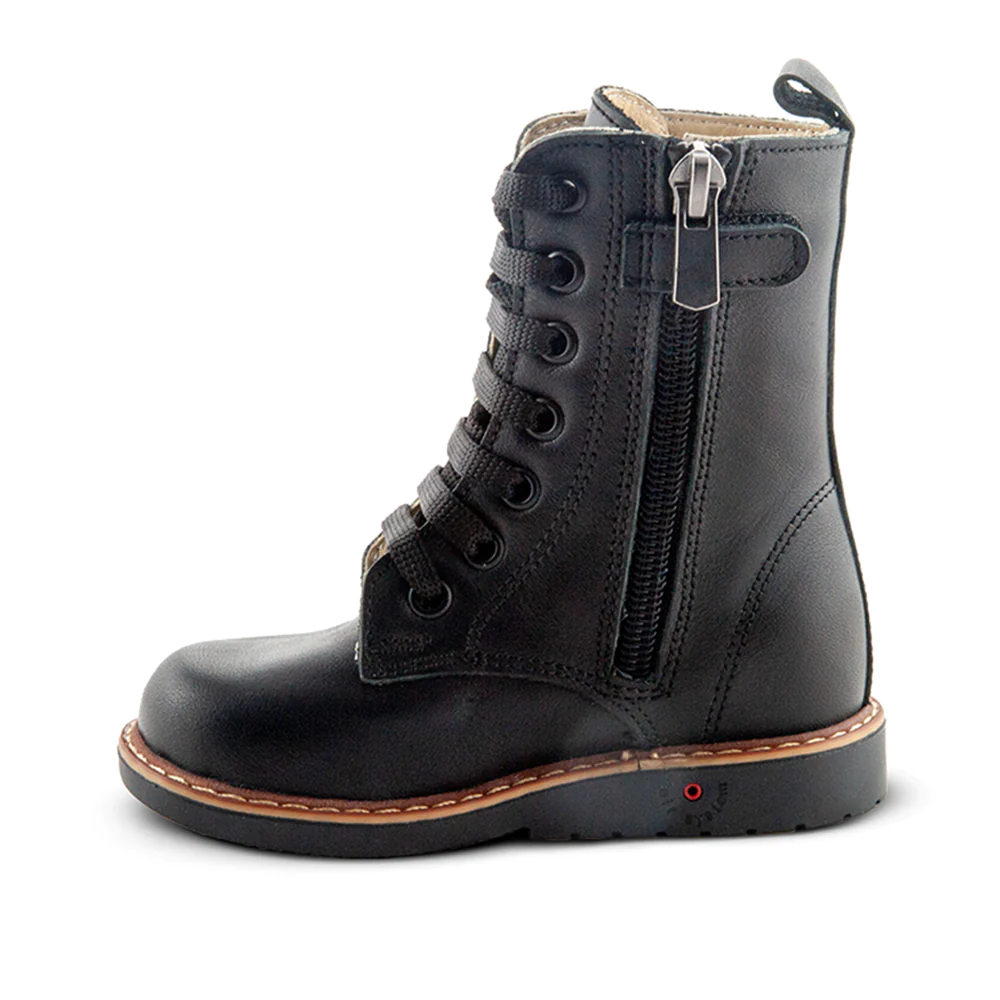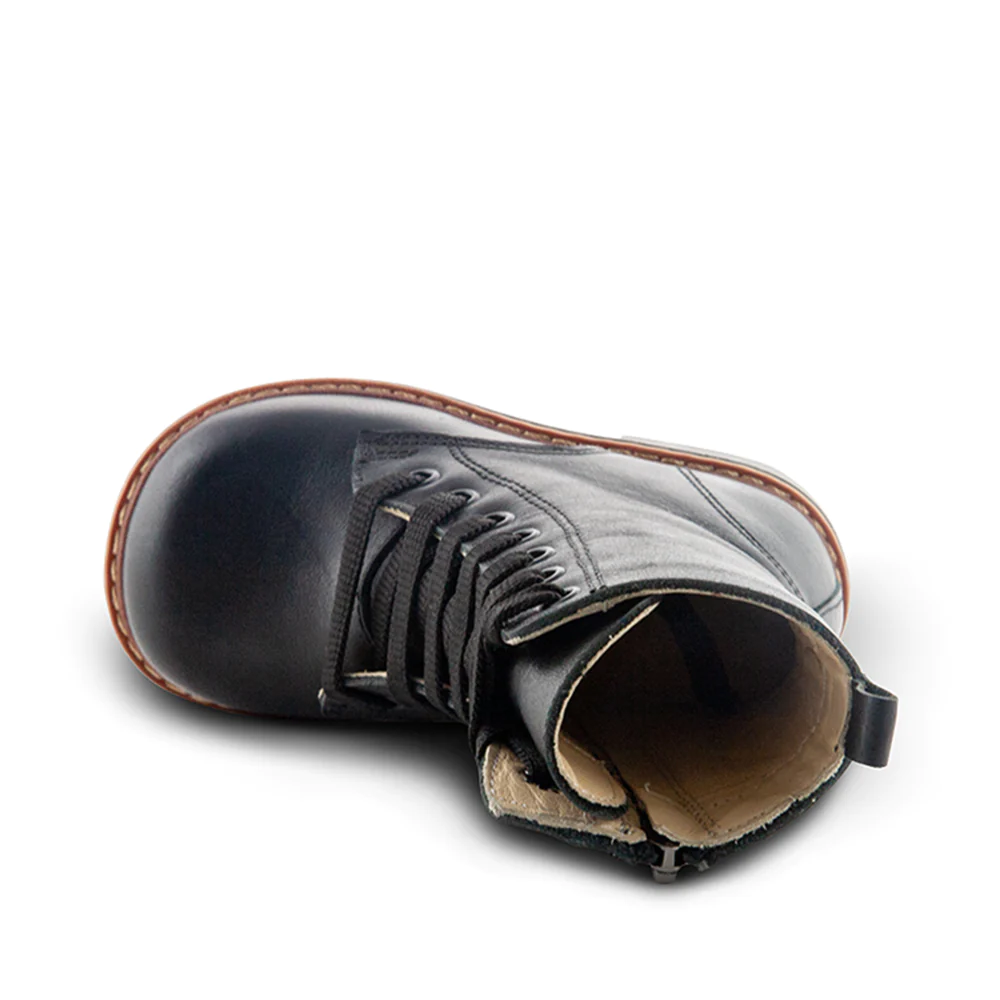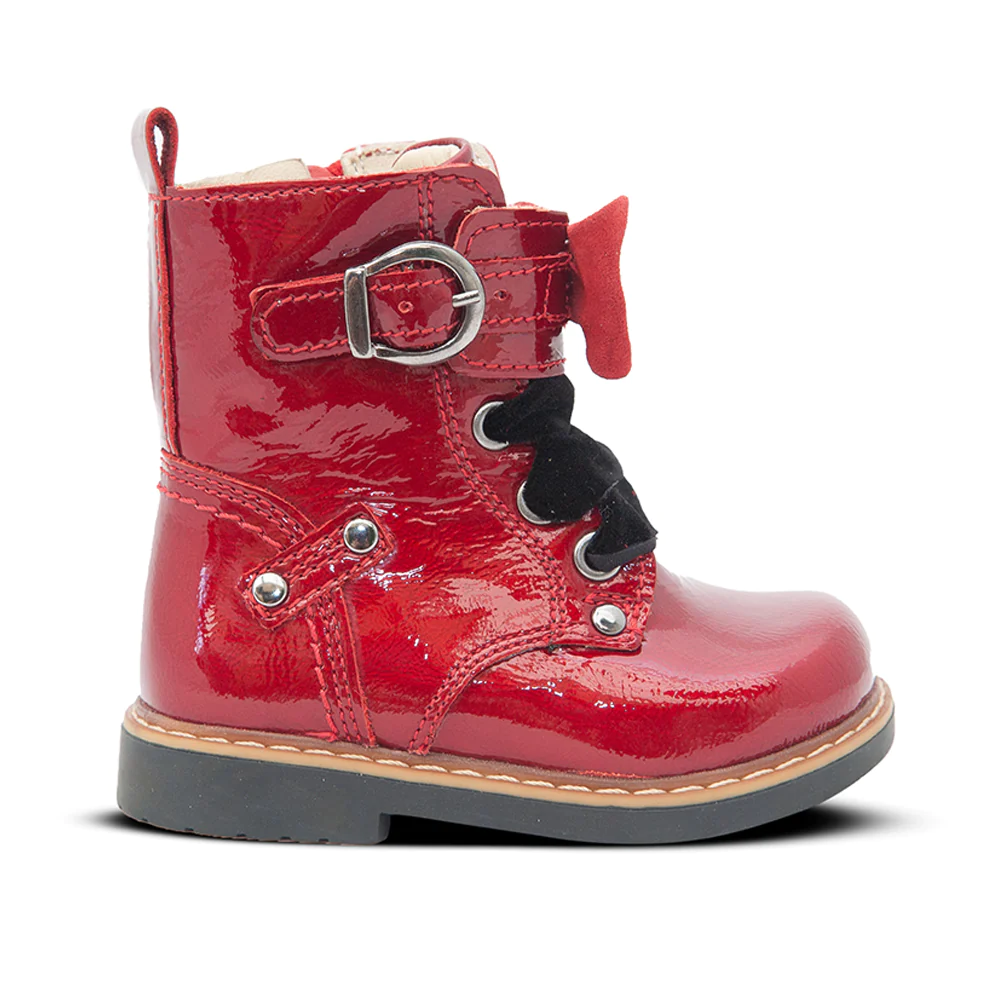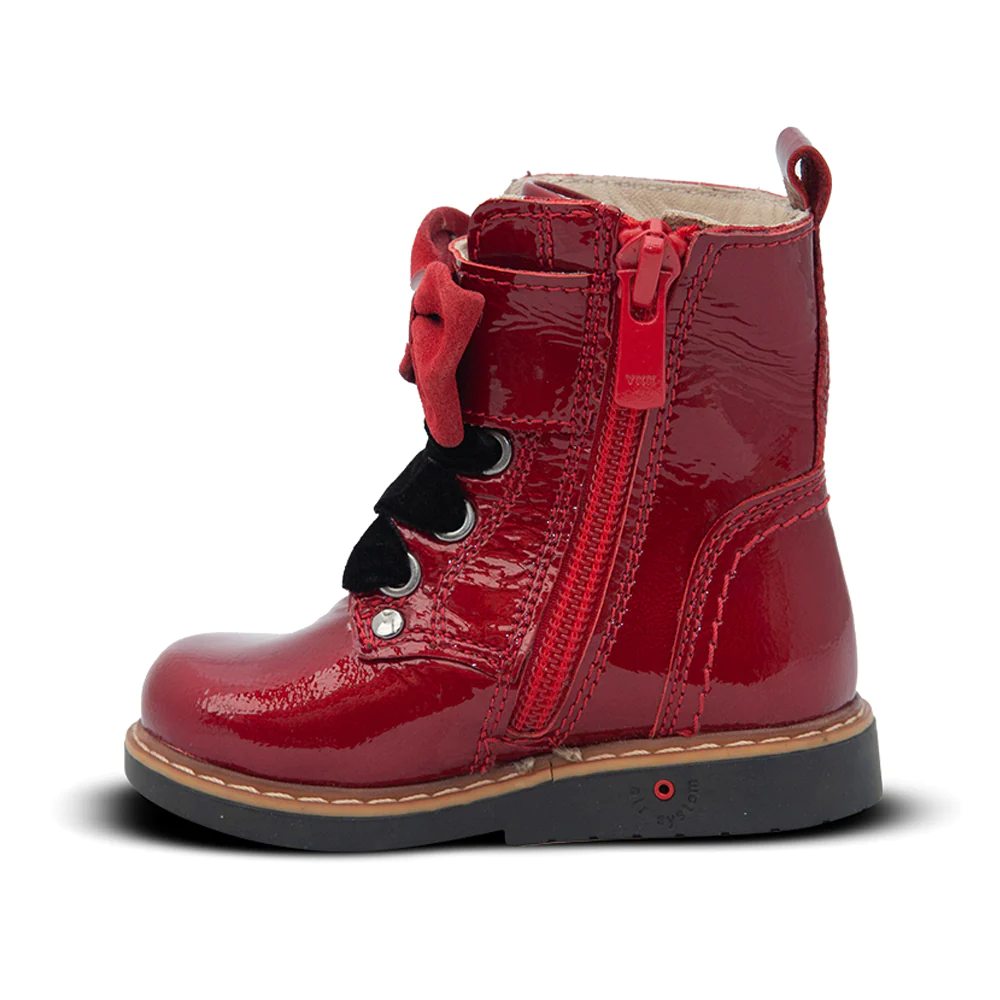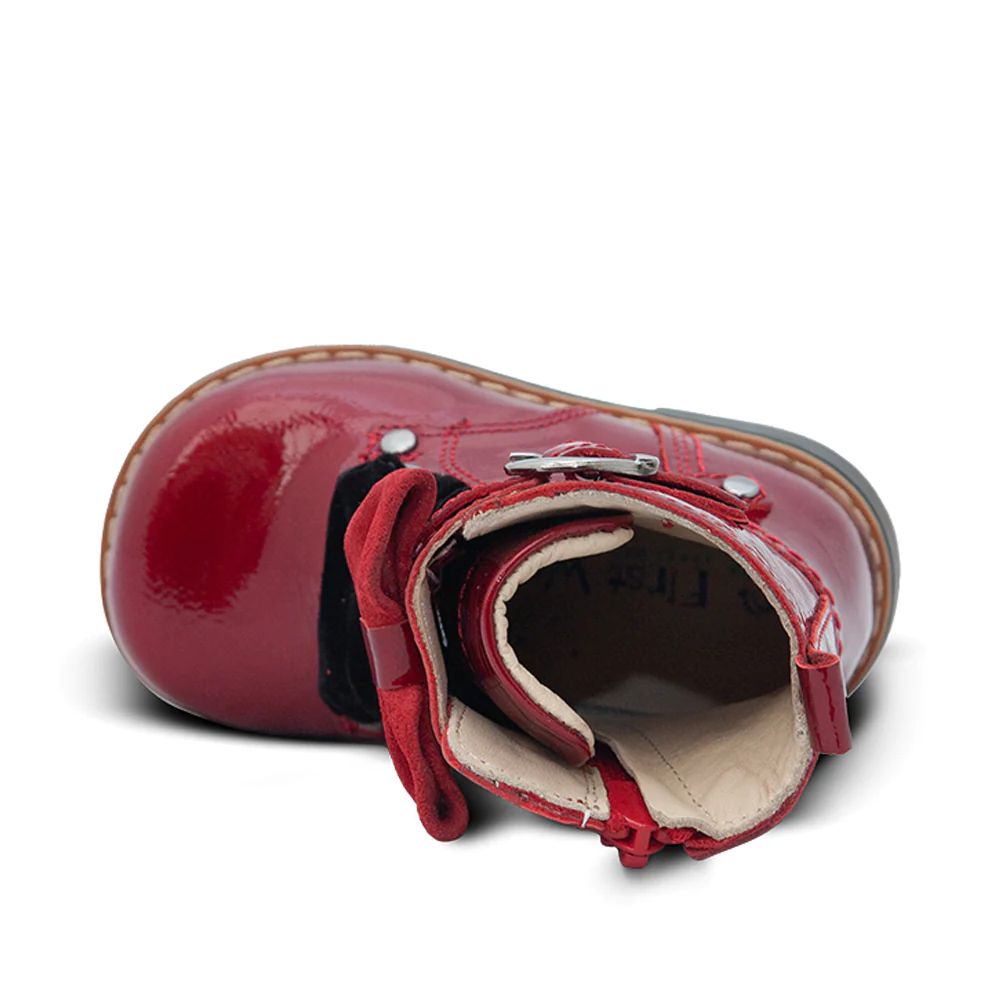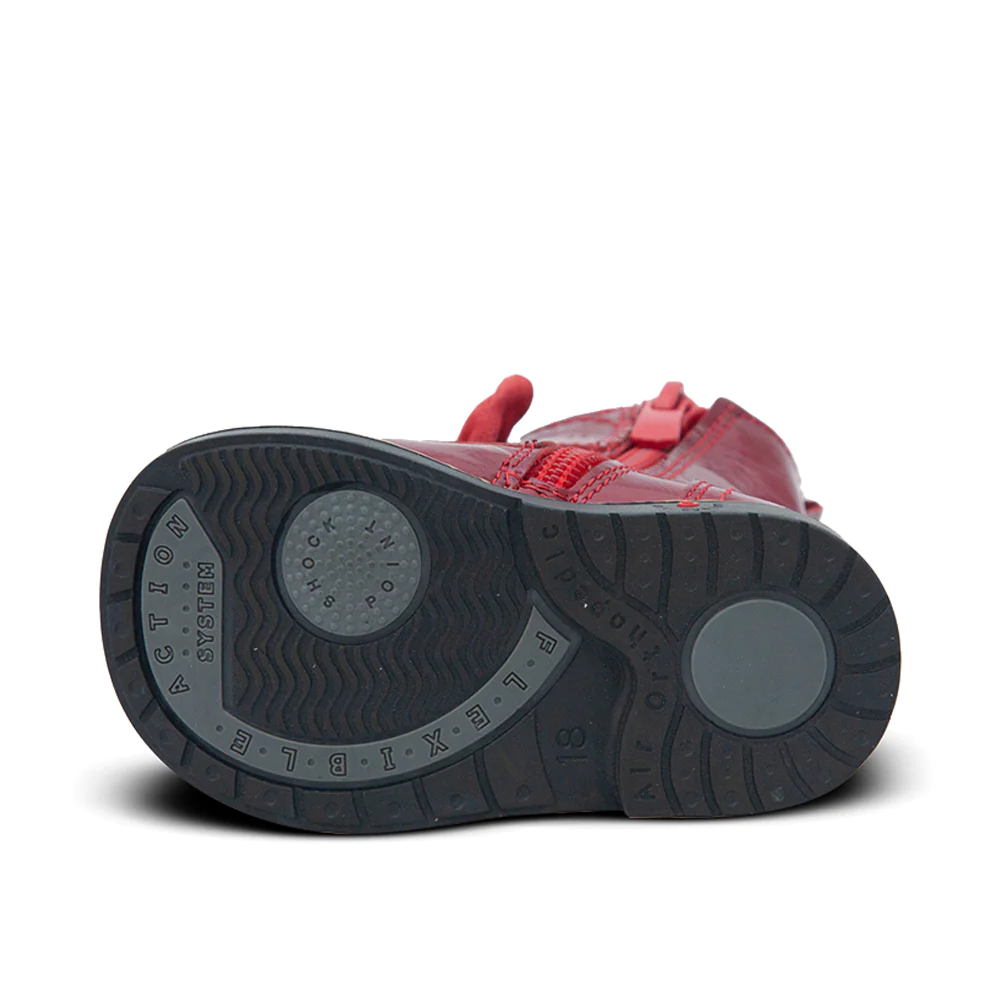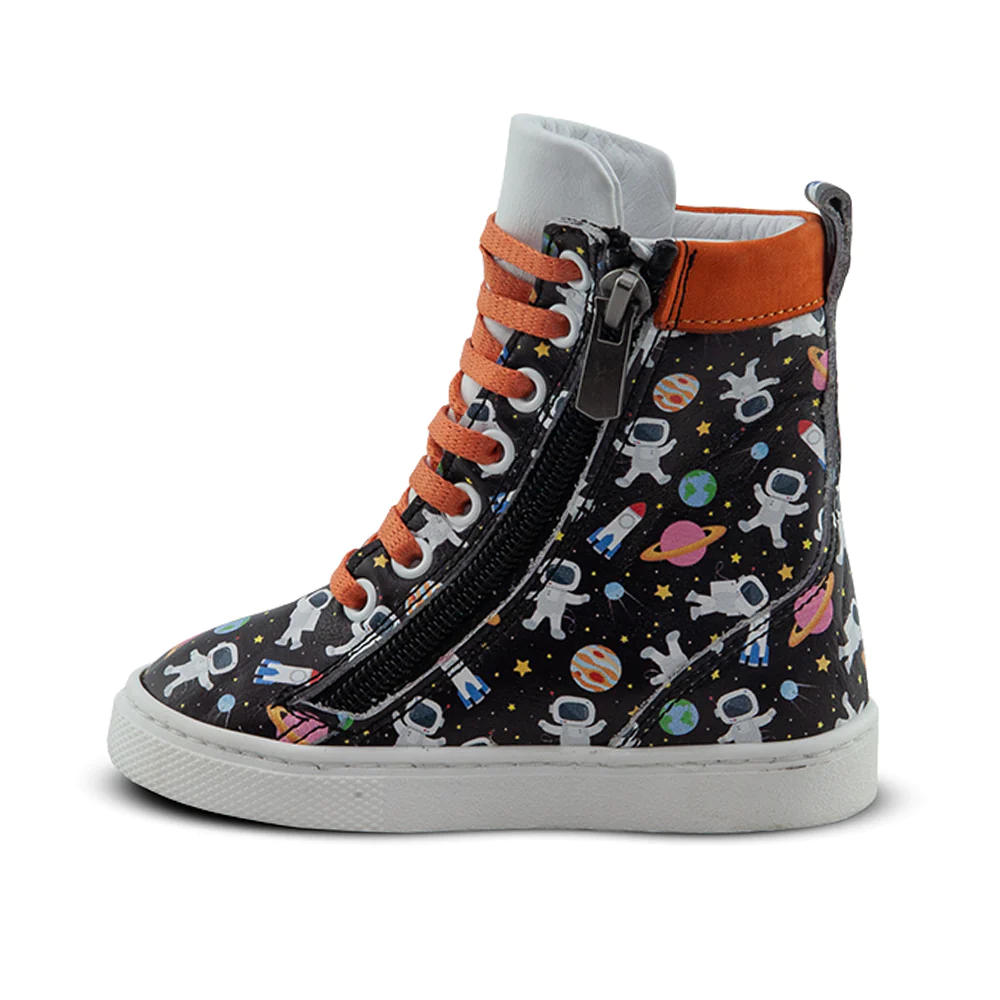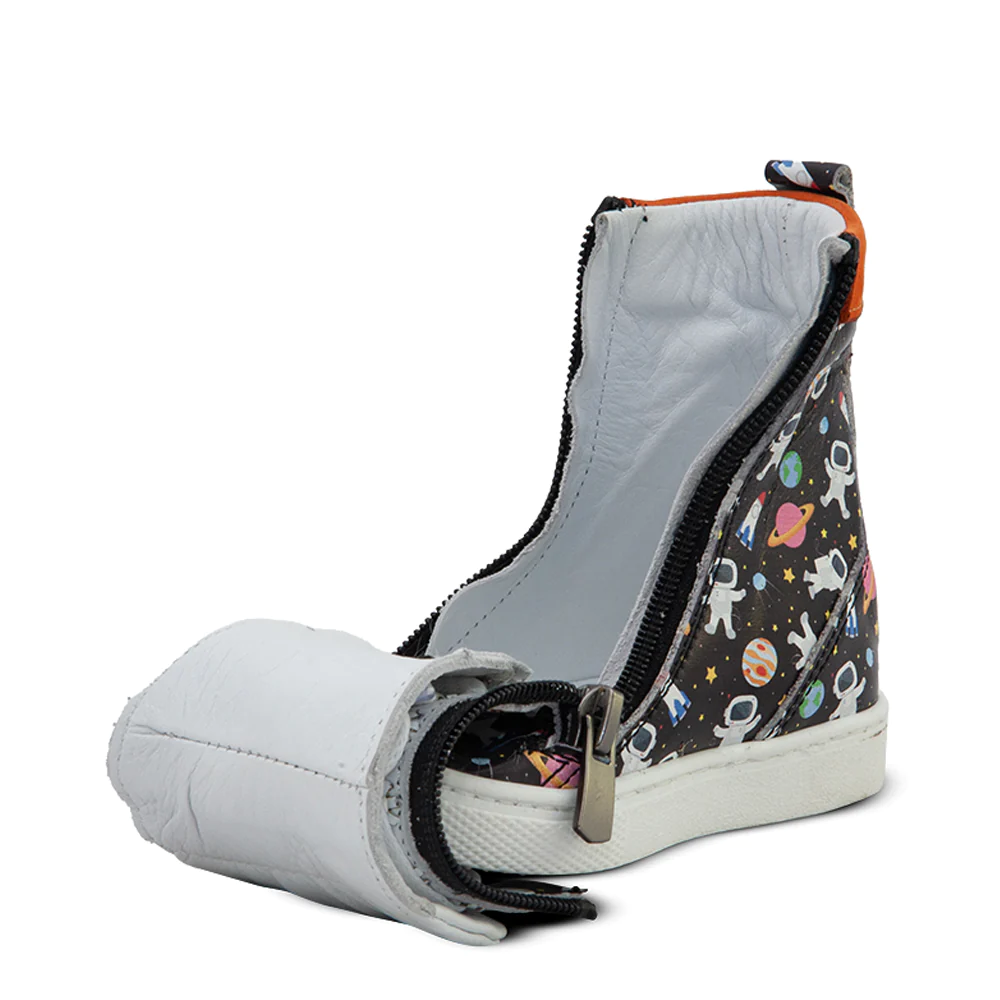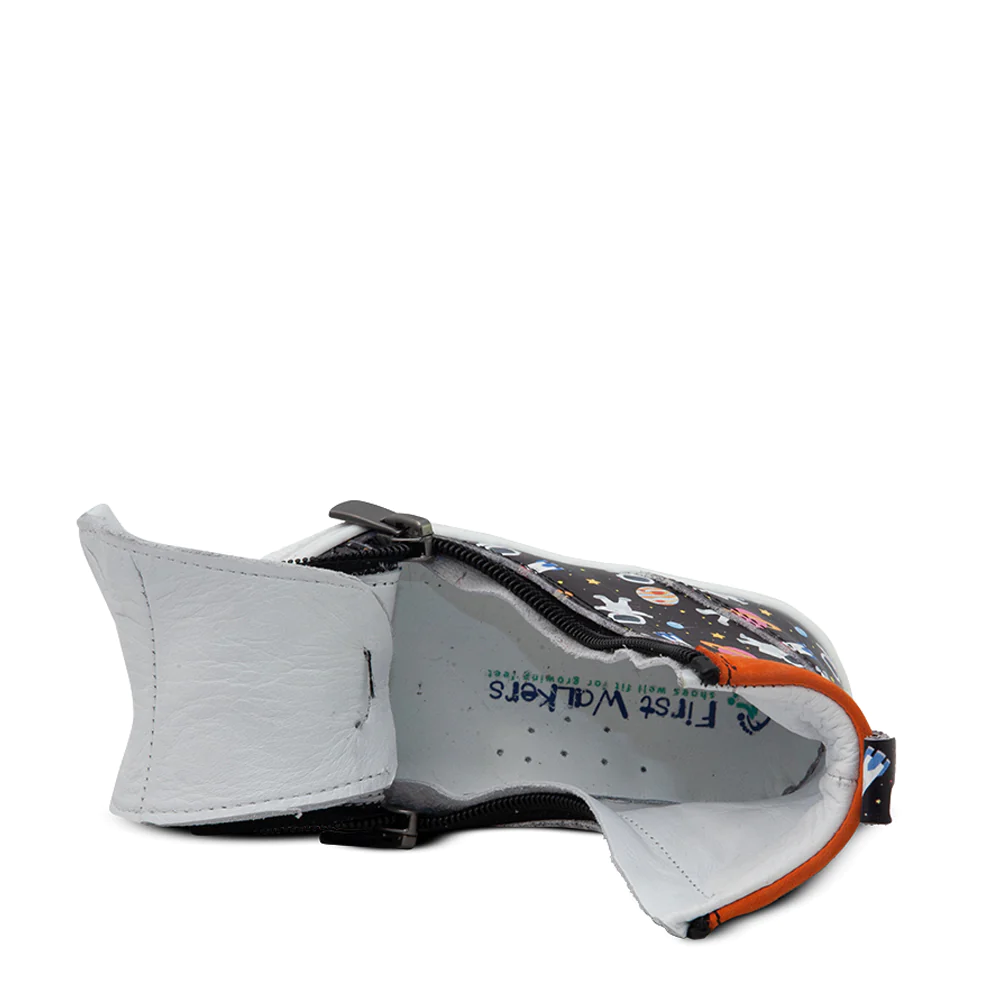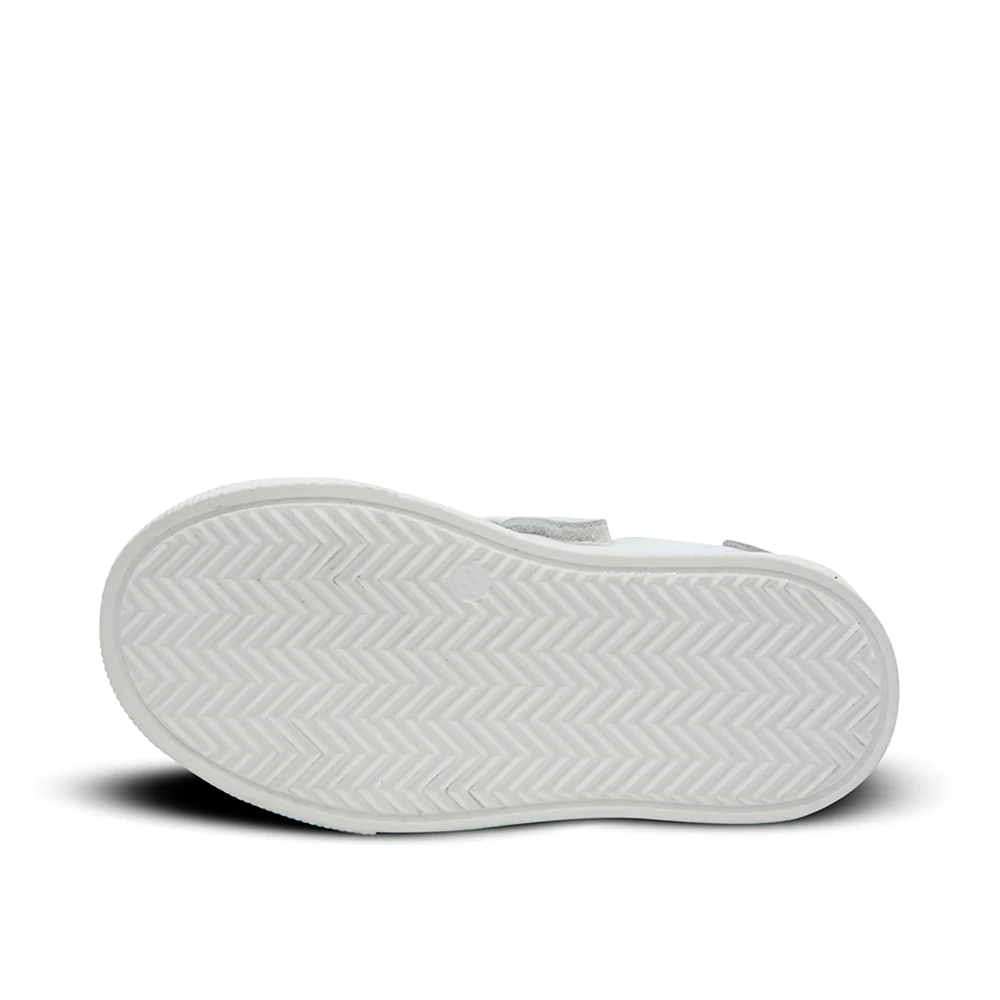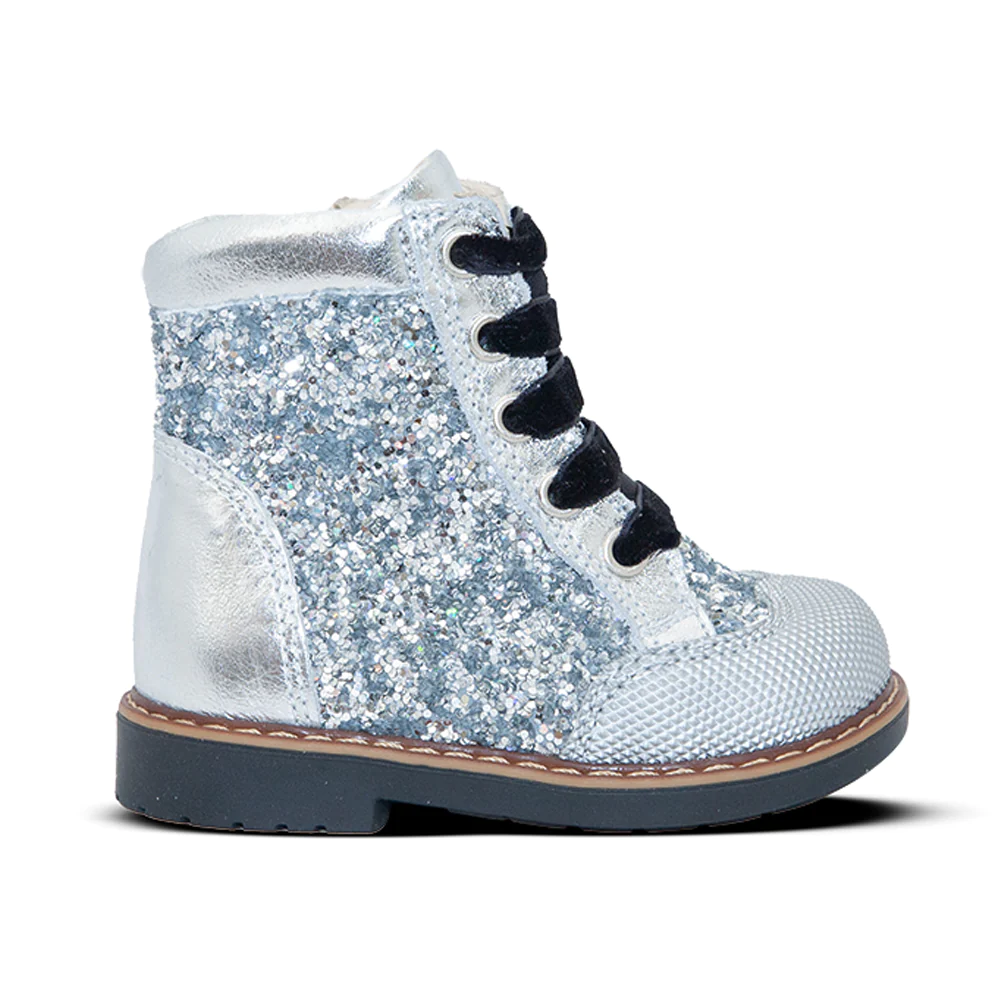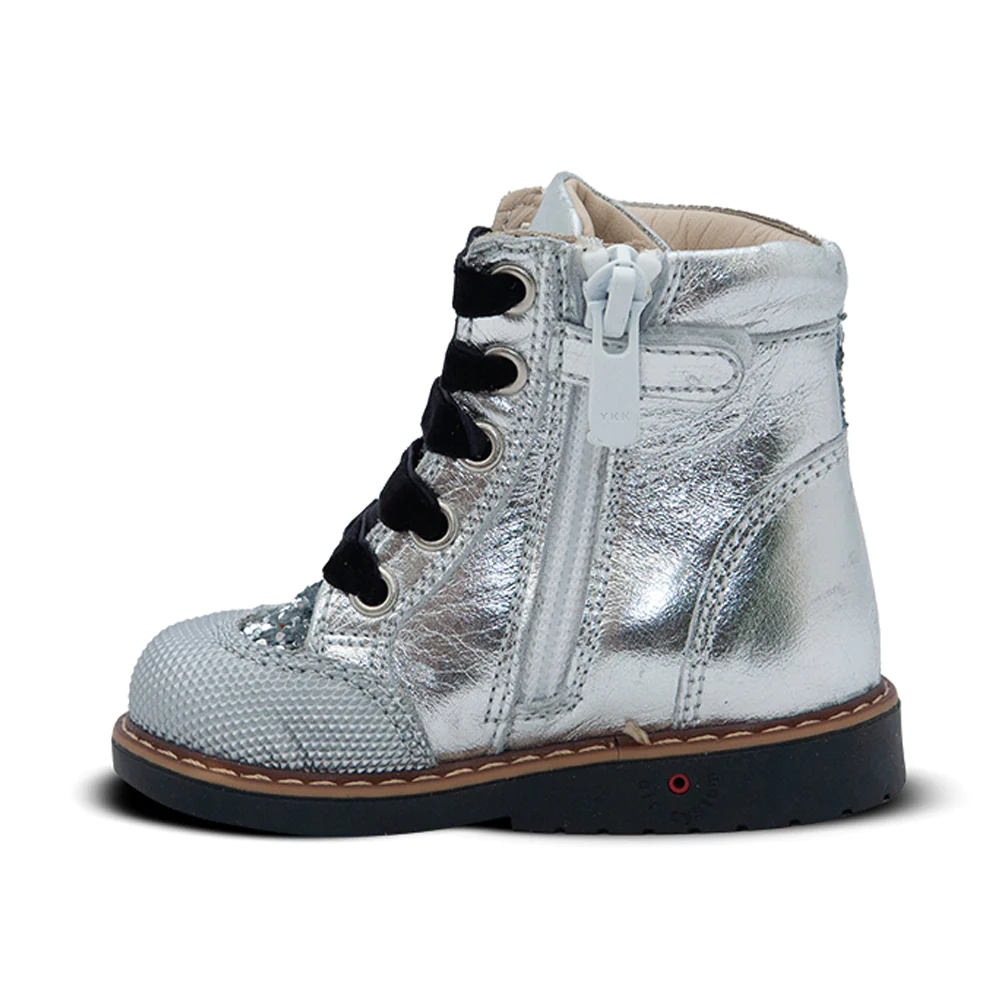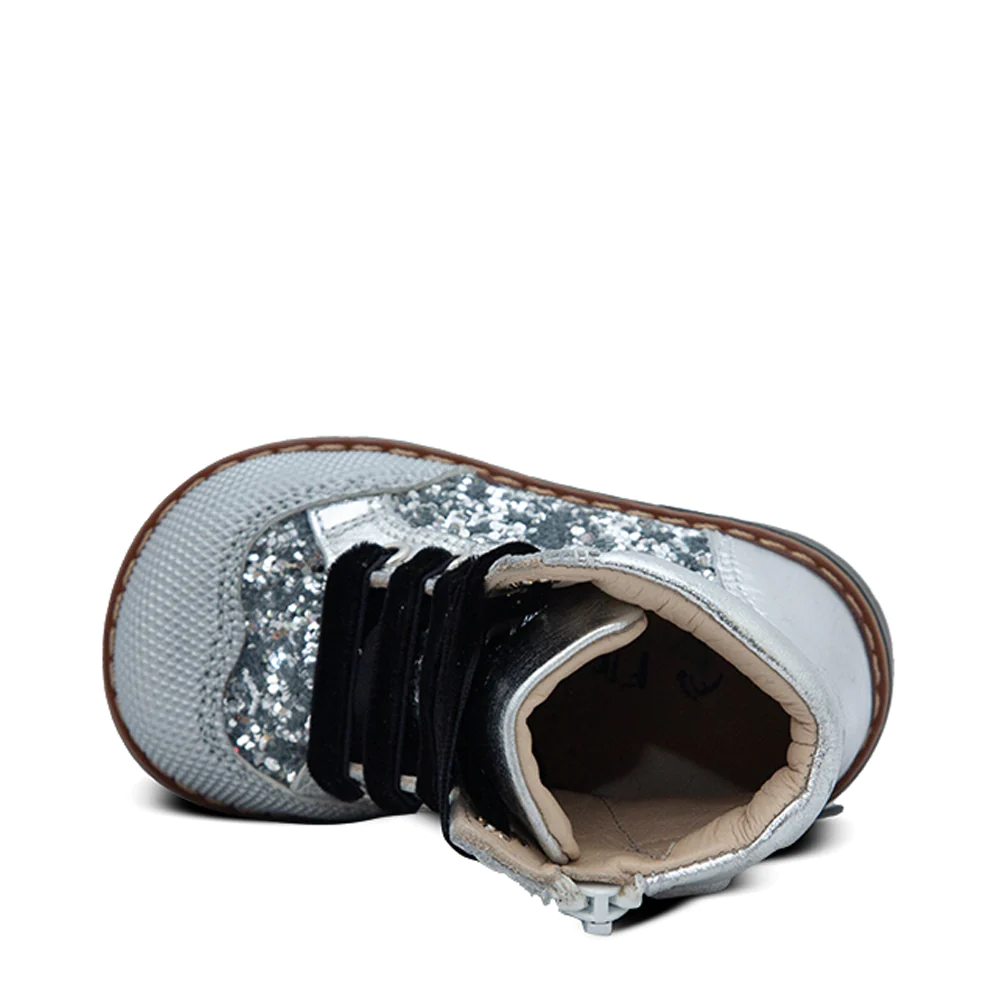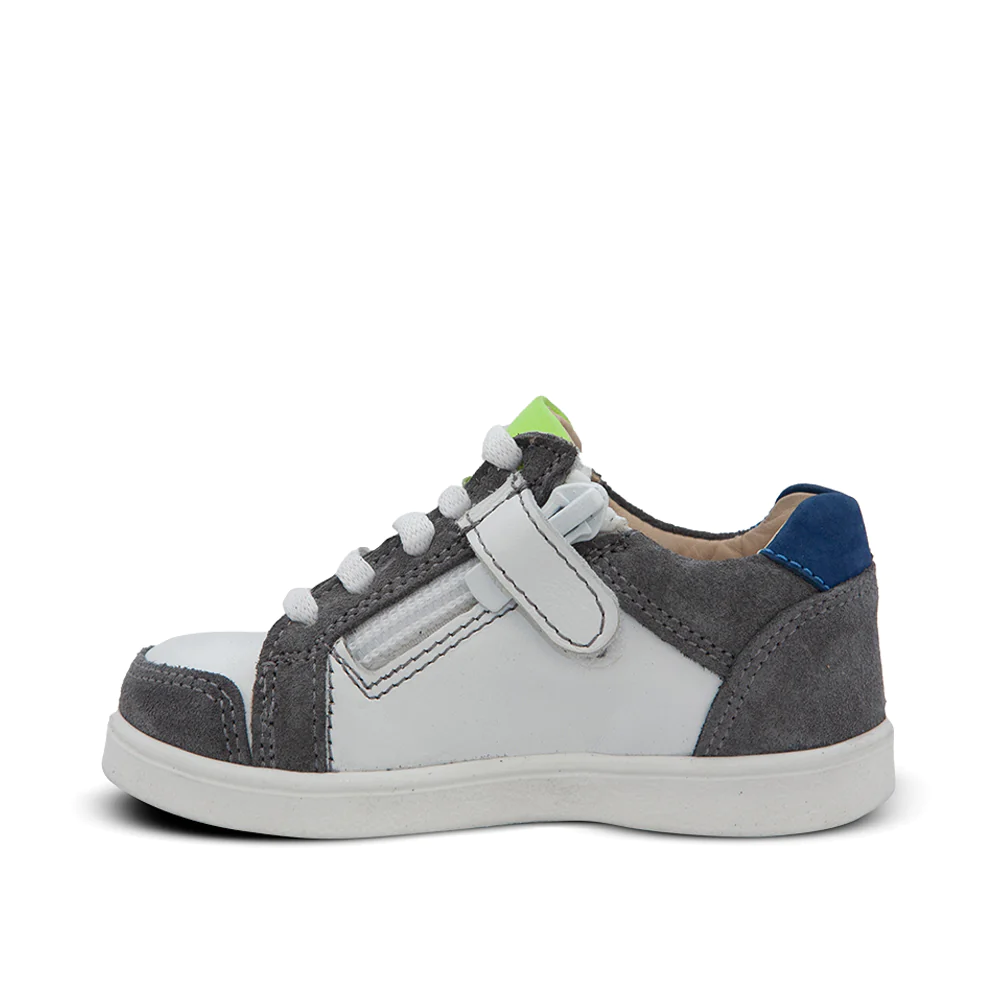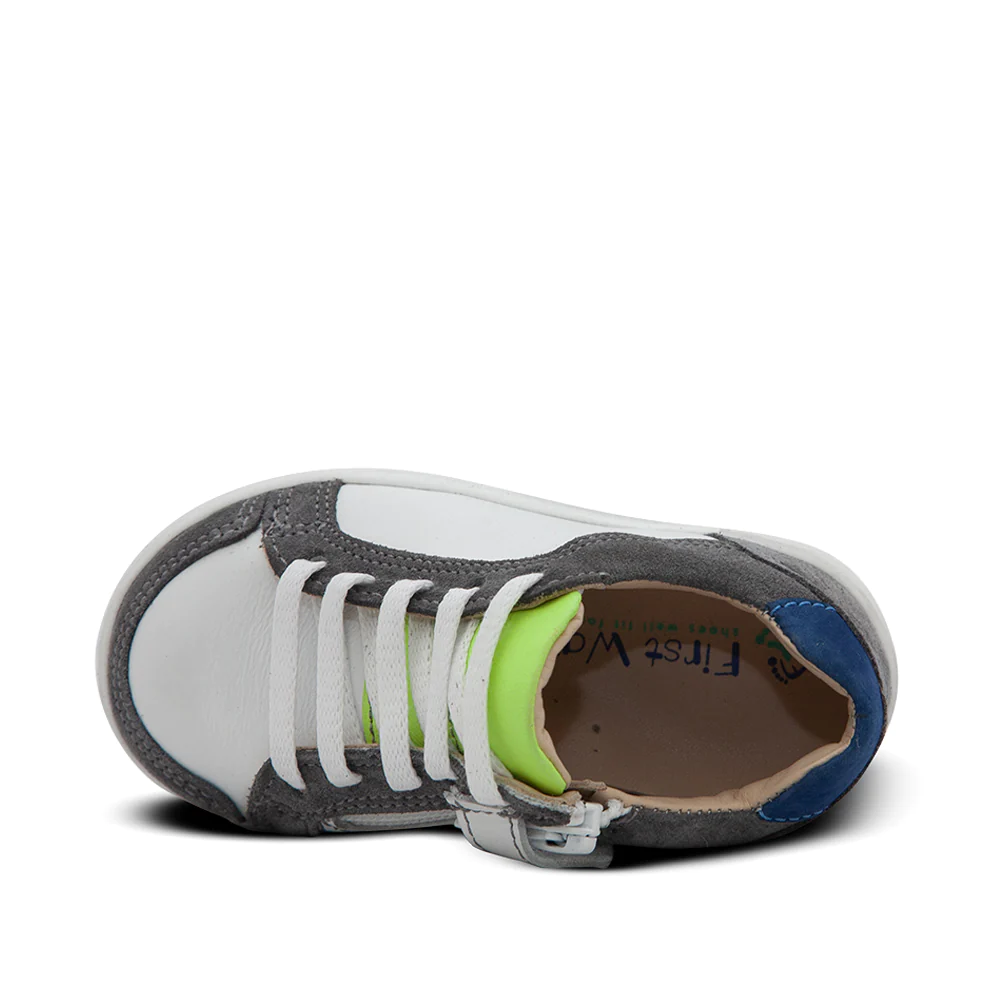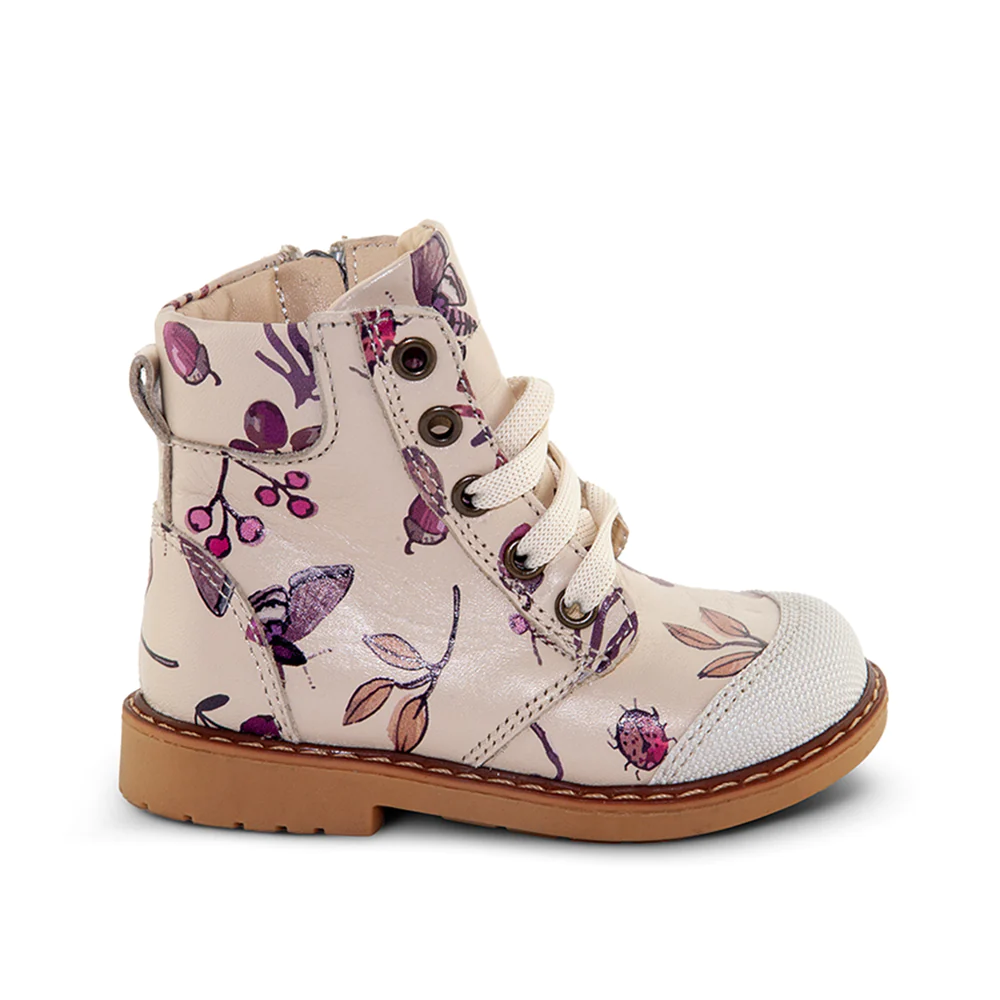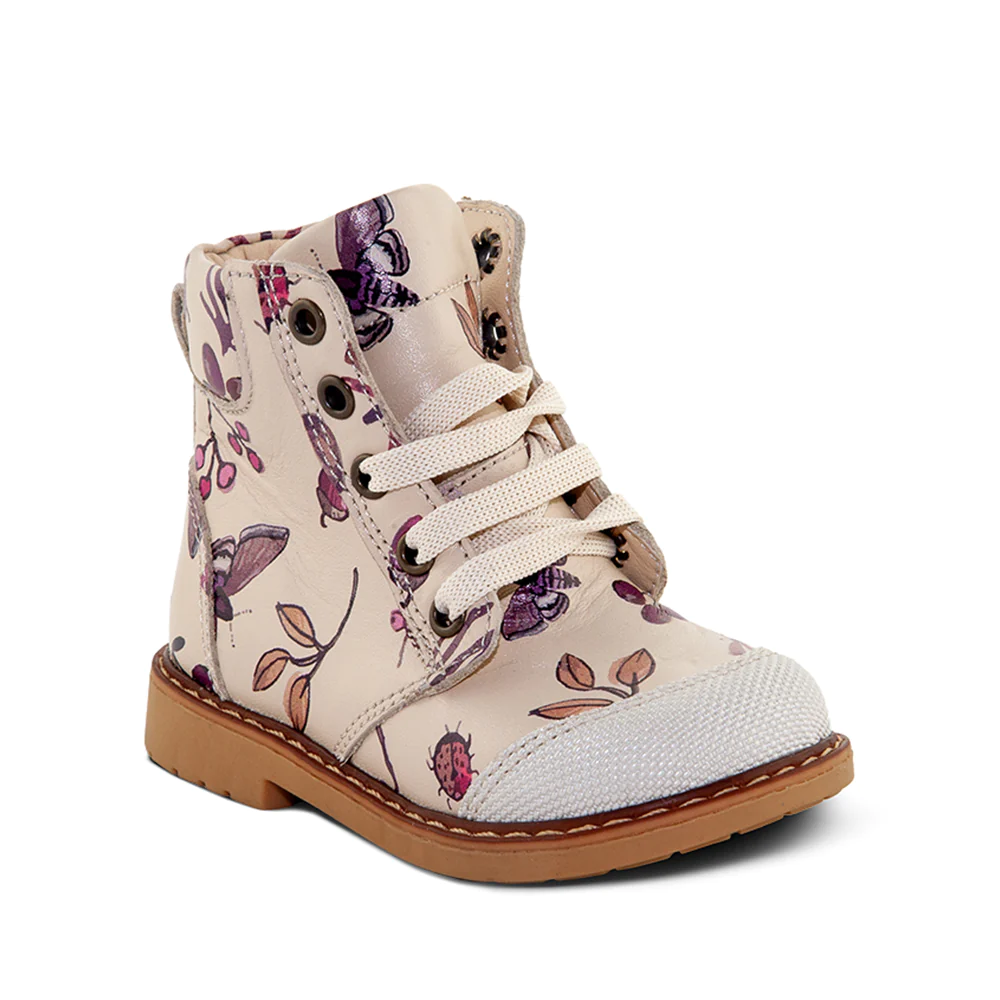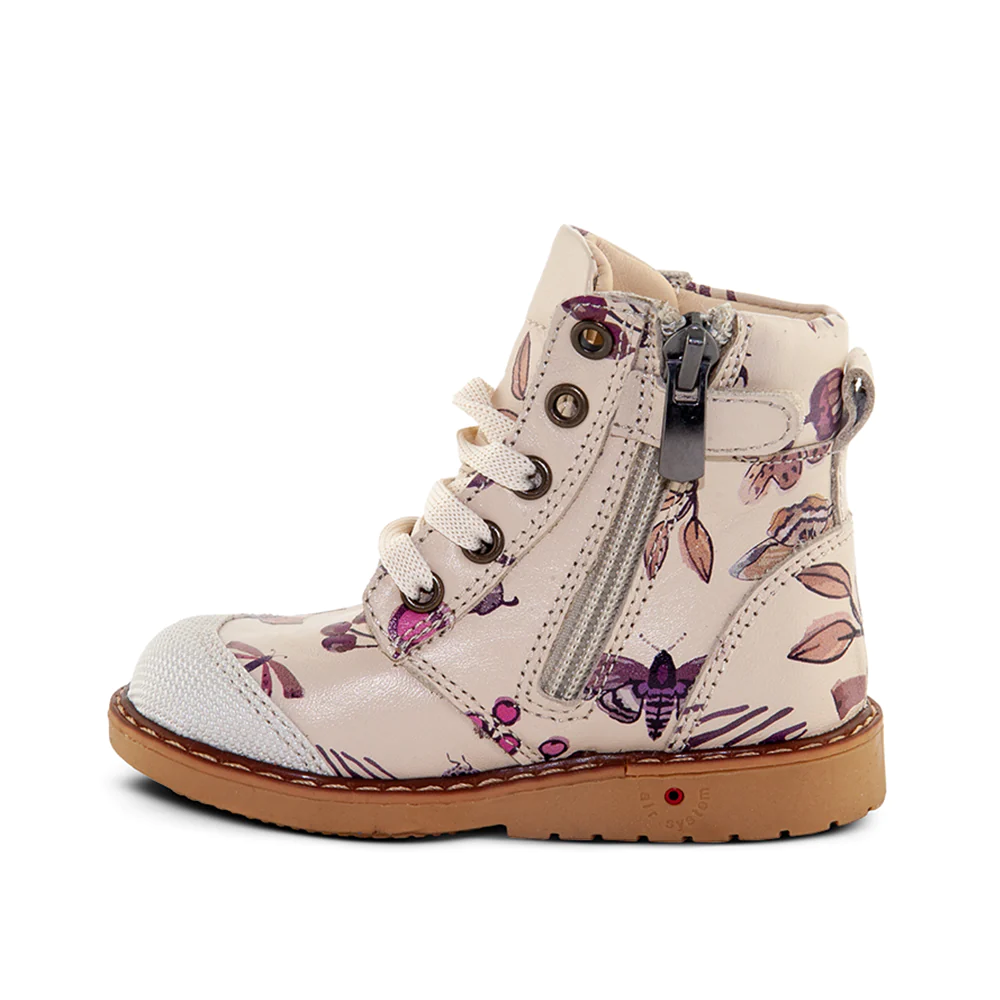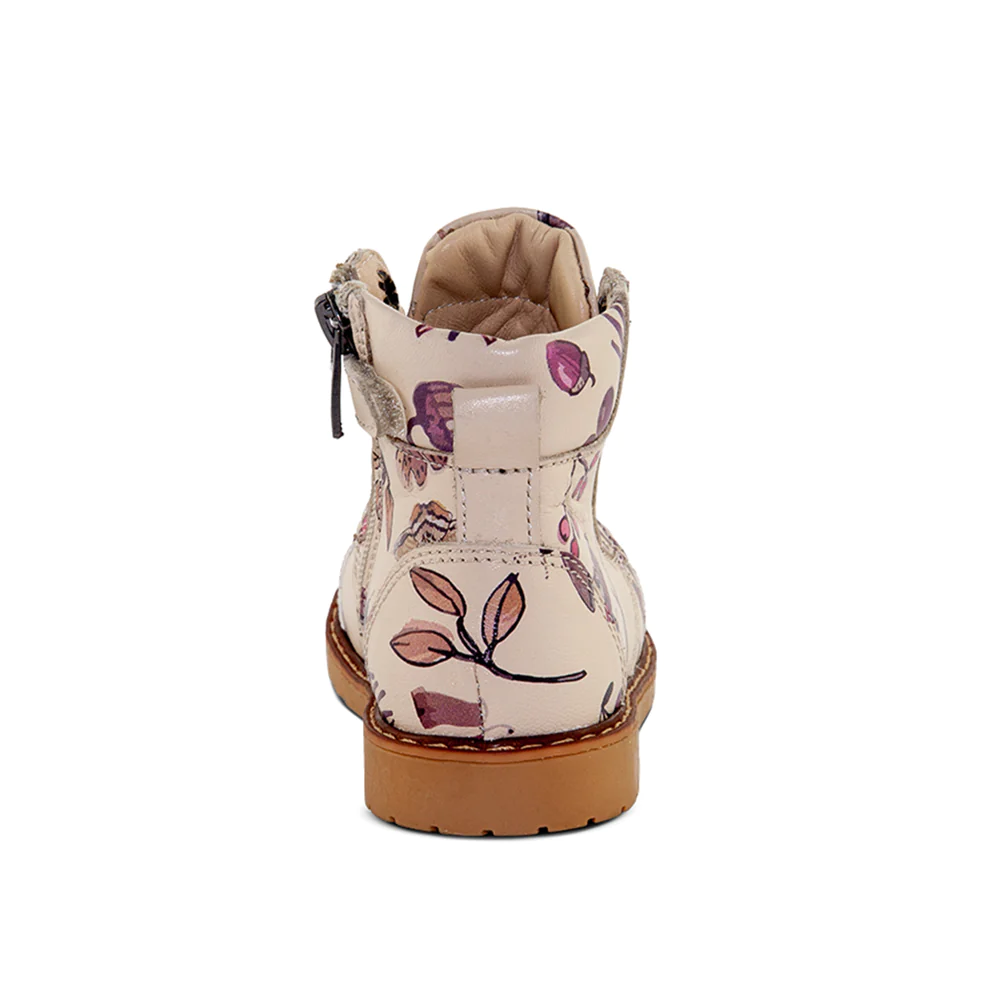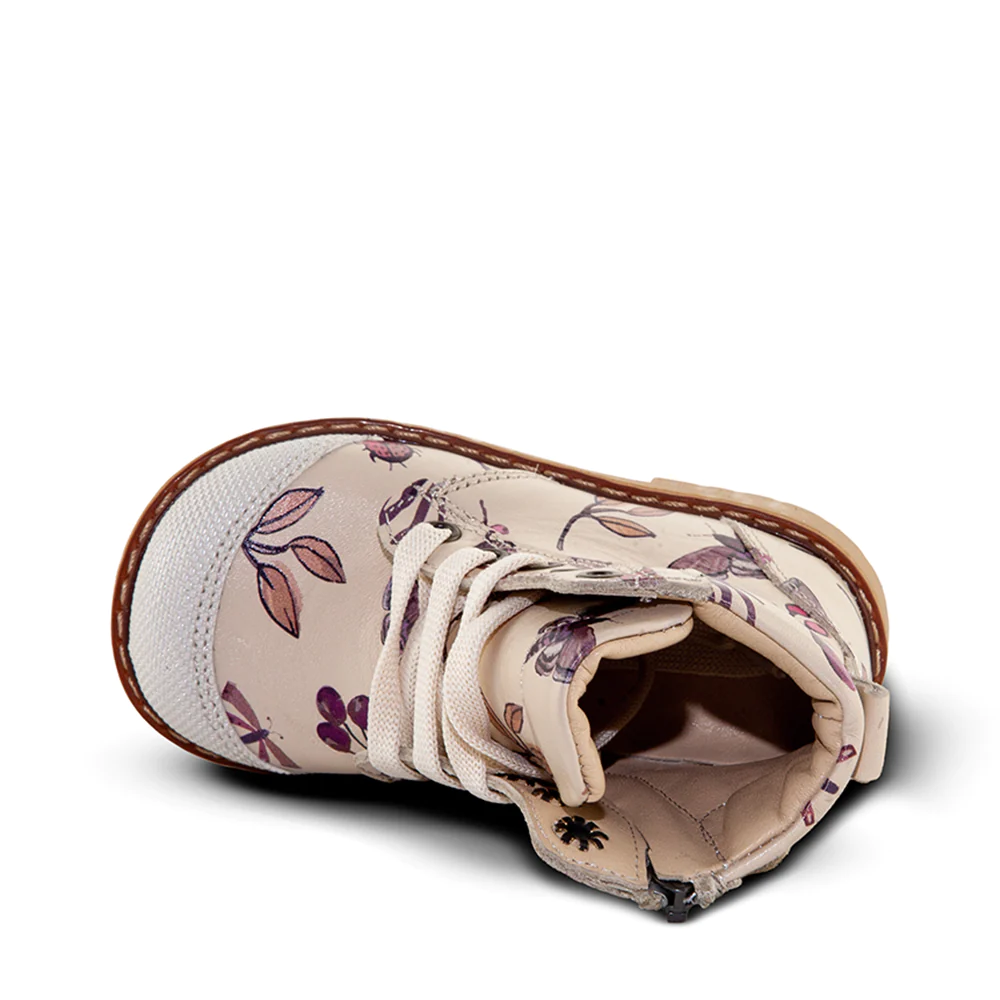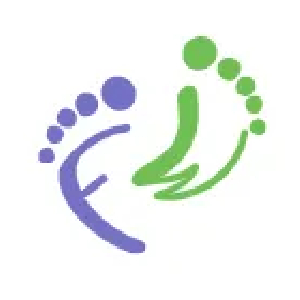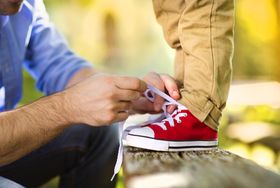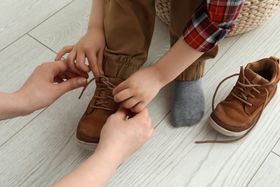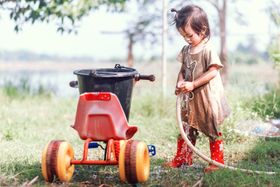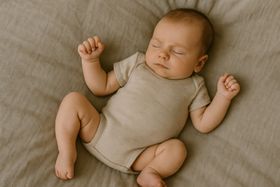10 Best Kid Shoes for High Insteps With Extra Depth
Finding shoes that don't leave marks or gaps on your child's high instep is simpler than you think. Look for extra depth uppers, adjustable closures, and removable insoles that accommodate that prominent arch without squeezing or gaping.
Updated October 27, 2025

Does your child's foot have that prominent arch that makes shoe shopping feel impossible? You're definitely not alone. High insteps are common, but they make regular shoes feel too tight and leave those telltale pressure marks we all worry about.
If you've noticed gaps at the straps, red marks across the top of your little one's foot, or complaints about shoes feeling "tight on top," you've come to the right place.
The good news is that once you know what to look for—extra depth, adjustable closures, and removable insoles—finding comfortable shoes becomes straightforward. Let's look into how to get your child into shoes that actually fit.
» Explore our Orthotics-Friendly Collection for stylish and supportive shoes
What Is a High Instep in Children?
Your child has a high instep when the top of their foot arches more prominently than average. Picture a naturally higher "dome" from the arch area up towards the ankle. This extra depth makes standard shoes feel tight across the top and often causes those frustrating gaps at the closures or red marks after wearing.
It's not a problem; it's just how your child's feet are shaped. But recognising it early means you can choose shoes that fit properly and keep their feet comfortable and developing healthily.
Without the right footwear, kids sometimes develop compensatory walking patterns or just feel uncomfortable during everyday activities.
» Discover the effects that improperly fitted shoes can have on kids' feet
Key Signs to Look For
- Elevated Mid-Foot Profile: The most obvious sign is that elevated contour where the top of the foot sits noticeably higher than the ball or heel area. You'll see it clearly when they're standing flat—that defined ridge or "hump" pushing against socks or shoe uppers.
- Closure Gaps and Strap Tension: Watch for persistent gapping where Velcro straps, laces, or buckles just won't close properly over the mid-foot. Your child might loosen or remove shoes constantly, complaining they're "tight on top." You might find yourself sizing up in length just to fasten the straps, yet the top still strains.
- Visible Pressure Lines: After even short periods of wearing shoes, look for horizontal sock imprints or reddish bands across the top of the foot. These marks appear under straps or elastic areas and sometimes cause mild puffiness. If your child reports soreness after removing shoes, that's classic evidence of inadequate room at the top.
» Learn how to find the perfect shoe fit when shopping online
Our Top Shoe Picks For Kids With High Insteps
Essential Design Elements for High Instep Shoes
When shopping for high instep shoes, certain design features are non-negotiable. These elements work together to provide the comfort and support your child needs.
Extra-Depth Uppers
The most crucial feature is an upper that's designed with additional vertical space. Look for shoes with higher vamps, gusseted tongues, and stretch panels that accommodate the elevated arch without creating pressure points. This design prevents the dorsal compression that causes discomfort and red marks.
Multi-Point Adjustability
Dual-strap systems, combination lace-and-zip closures, or speed-lace systems allow you to customise the fit across different areas of the foot. This means you can secure the heel and forefoot whilst leaving extra room over the instep area—something single-closure systems simply can't achieve.
Generous Toe Boxes
High insteps often coincide with wider or longer toes, so ample toe box space prevents crowding. Look for shoes with rounded or square toe shapes rather than pointed designs. This extra room allows natural toe splay and prevents the foot from sliding forward when the instep creates pressure.
» Child complaining of sore toes? Let's find out the possible causes.
Removable Insoles
Shoes with removable footbeds offer incredible versatility. You can remove layers to create additional depth, swap in custom orthotics, or simply make cleaning easier. This feature extends the shoe's usable life as your child's feet grow and change.
» Discover the best shoes for removable orthotics
Top 10 Best Shoes for High Insteps
Here are our carefully selected recommendations across different age groups and needs, each chosen for their specific high-instep accommodating features.
Age-Specific Fit Challenges
Different developmental stages bring unique challenges when it comes to high instep shoes. Understanding these helps you choose the most appropriate footwear for your child's current needs.
Crawlers (0-12 Months)
Soft booties often pinch a crawler's high instep, making the collar difficult to slide over the foot and leaving tight red bands. The key is finding shoes with extra-depth uppers and dual-adjustable closures that allow you to open the throat widely for easy on/off without compressing the dorsum.
When the vamp is too shallow, infants may curl their toes to create clearance, subtly altering early weight-bearing alignment. A roomy, high toe box combined with a super-flexible sole prevents dorsal crowding and allows the foot to lie naturally flat.
» Look for these signs that your baby might walk soon
Early Walkers (12-18 Months)
First-step sneakers with low mouths and rigid soles often gape over a high instep, causing heel slip and shoe twisting that makes each step feel insecure. Your child needs shoes with a taller, reinforced construction and independent mid-foot volume control.
Excess pressure on the arch area leads toddlers to shorten their stride and cling to furniture. Models featuring generous removable insoles and seamless linings spread load across the foot's surface and prevent hot spots whilst maintaining stability.
» Learn how to determine if your child is walking correctly
Active Toddlers (18 Months-4 Years)
Running and jumping in shoes that crowd the instep forces active toddlers to roll outward for stability, increasing pronation risk and mid-foot fatigue. They need shoes with tailored extra depth and reinforced heel counters that maintain proper alignment whilst cradling the arch.
Persistent dorsal compression also causes redness and callusing, leading parents to errantly size up in length, which creates forefoot slop. The solution combines spacious toe boxes with flexible yet stable soles that prevent dorsal rubbing whilst keeping the foot centred.
» Parents Also Asked: What happens if your child's shoes are too small?
Managing Multiple Foot Conditions
High insteps often coexist with other foot conditions like wide feet or overpronation, creating complex fitting challenges. For instance, children with both high insteps and wide feet require shoes with ample vertical and horizontal space, featuring extra-depth uppers and broad toe boxes.
When high insteps couple with overpronation, prioritise shoes offering firm heel counters and built-in arch support to enhance stability and alignment. Adjustable closures like dual Velcro straps or laces benefit customising midfoot fit and accommodating daily swelling.
When multiple foot concerns exist, focus on footwear addressing the most pressing issue—typically stability—whilst ensuring the shoe's design accommodates the high instep without causing discomfort.
Adapting to Changing Needs
Children's foot structures evolve over time, with some outgrowing high insteps as arches develop, whilst others may develop higher insteps later due to growth patterns or underlying conditions. Regular monitoring of foot shape and gait remains essential for optimal development.
If your child no longer exhibits high instep signs, transitioning to standard footwear with appropriate support becomes advisable. Conversely, if high insteps develop later, selecting shoes with deeper toe boxes, adjustable closures, and supportive insoles becomes crucial for continued comfort.
Consulting a paediatric podiatrist provides tailored guidance ensuring optimal foot health during these developmental transitions.
» Find out how to choose shoes for different stages of foot development
Breaking In High Instep Shoes
One often overlooked challenge with high insteps involves the shoe break-in process. Even soft, flexible shoes may feel uncomfortably snug initially because uppers need to stretch vertically over the instep, not just across the foot width.
To ease this transition, allow 2-3 short indoor wear sessions before full use and choose shoes with pliable uppers, gusseted tongues, or stretch panels. A proper break-in period helps prevent pressure-related discomfort without prematurely abandoning a well-sized shoe.
Your Child's Comfort Matters Most
Finding the right high instep toddler shoes doesn't have to feel overwhelming now that you know what to look for. Remember, every child's feet are unique, and what works perfectly for one might not suit another.
Trust your instincts. If your child's complaining about discomfort or you're noticing those red marks after they wear shoes, it's time to reassess. Don't ignore these signs; they're telling you something important about fit.
Quality shoes designed for high insteps might cost more upfront, but they're worth every penny when you consider your child's comfort and long-term foot health. Take your time when shopping, and don't be afraid to ask questions or request help with sizing.
With the right pair of orthopaedic shoes, your child can run, jump, and explore the world with complete comfort.
References
Disclaimer: First Walkers' information is intended for educational and informational purposes related to toddler footwear and feet. We encourage you to consider individual circumstances and consult qualified orthopaedists about specific conditions.
FAQs
What is considered a high instep in toddlers?
A high instep means your toddler's foot has a more prominent arch, creating extra vertical depth across the mid-foot area. You'll notice the top of the foot sits higher than average, often causing regular shoes to feel tight "on top" or leaving pressure marks after wear.
How do I know if my child needs high instep shoes?
Watch for persistent closure gaps where straps won't fasten properly, red pressure marks across the top of the foot after wearing shoes, complaints about tightness "on top," or shoes that twist because the upper can't accommodate the elevated arch.
Can high instep shoes help with other foot conditions?
Yes, many shoes for kids with high instep also accommodate wide feet, custom orthotics, and provide arch support for overpronation. Look for shoes with removable insoles and multi-point adjustability to address multiple concerns simultaneously.
Do toddlers outgrow high insteps?
Some children's arches flatten slightly as they develop, while others maintain high arches throughout childhood. Regular monitoring of foot shape and gait helps you adjust footwear choices as your child's feet change and grow.
